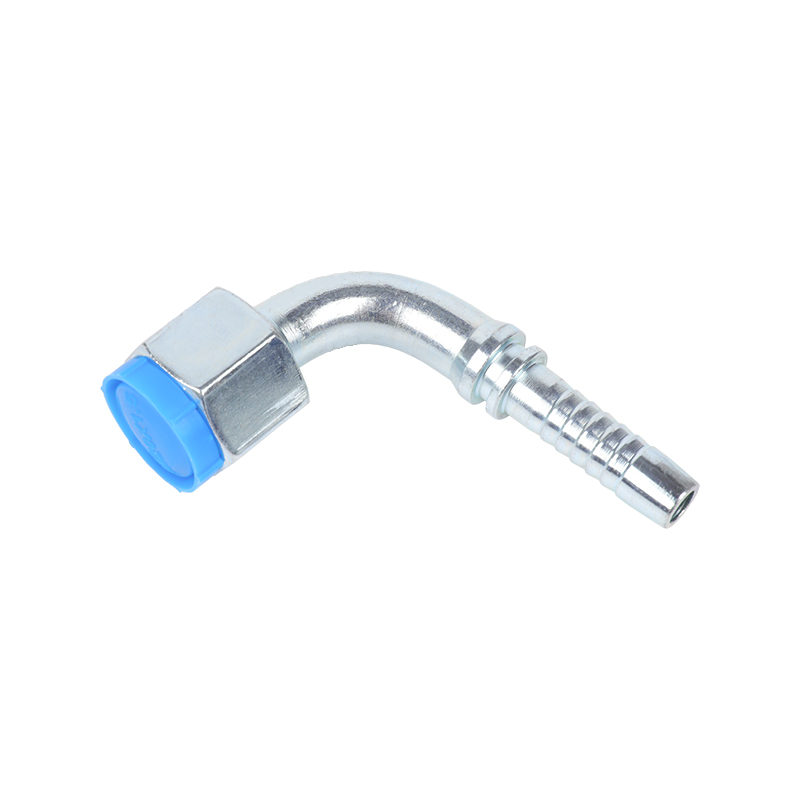What is the working principle of the hydraulic system
Author:admin Date:2023-01-28
The hydraulic system consists of five main components:
1 Reservoir Hydraulic reservoirs hold fluid and transfer heat from the system, causing unwanted contaminants to sink and forcing air and moisture out of the fluid.
A pump in a 2-pump hydraulic system converts mechanical energy into hydraulic energy through the movement of fluid. There are three main types of hydraulic pumps, including:
Gear Pump - A type of positive displacement (PD) pump.
Piston pump - a positive displacement pump in which the high pressure seal reciprocates with the piston
Vane pumps - run with more constant flow pulsations
All of these types are suitable for specific applications, such as variable displacement vane pumps or inclined axis piston pumps. However, all hydraulic pumps work on the same principle: to transfer a volume of fluid to an opposing load to create the pressure necessary to move a piston.
90degree METRIC FEMALE 24degree CONE O-RING L.T. hydraulic hose fitting 20491

90degree METRIC FEMALE 24degree CONE O-RING L.T. hydraulic hose fitting 20491

3 power supply
A relatively small* electric motor or other power source is required to drive the pump.
4 valves
Hydraulic valves are used to start, direct or stop fluid flow in a system. Valves in hydraulic systems are actuated by hydraulic, pneumatic, manual, electrical or mechanical controls.
5 actuators
Hydraulic actuators convert hydraulic energy into mechanical energy. This is usually done with hydraulic cylinders that convert hydraulic energy into linear motion or hydraulic motors that convert hydraulic energy into rotary motion.
Hydraulic systems are interconnected by hoses, tubes and/or pipes and fittings that carry fluid from one component to another.
The principle of hydraulic systems is based on Pascal's law, which asserts that if a fluid in a hose, pipe or pipe is pressurized, it will transmit the force acting on a small area and produce a proportionally increased force on a larger area / device, such as a piston in a cylinder. The piston rod moves due to the pressure on the cylinder, which will push, pull, press or lift objects requiring special forces.
A very small hydraulic cylinder can generate a lot of force, especially compared to electrical components. Alternative electrical systems require relatively larger* electric motors, requiring more power to provide the same force as hydraulic systems.


 English
English Deutsch
Deutsch











